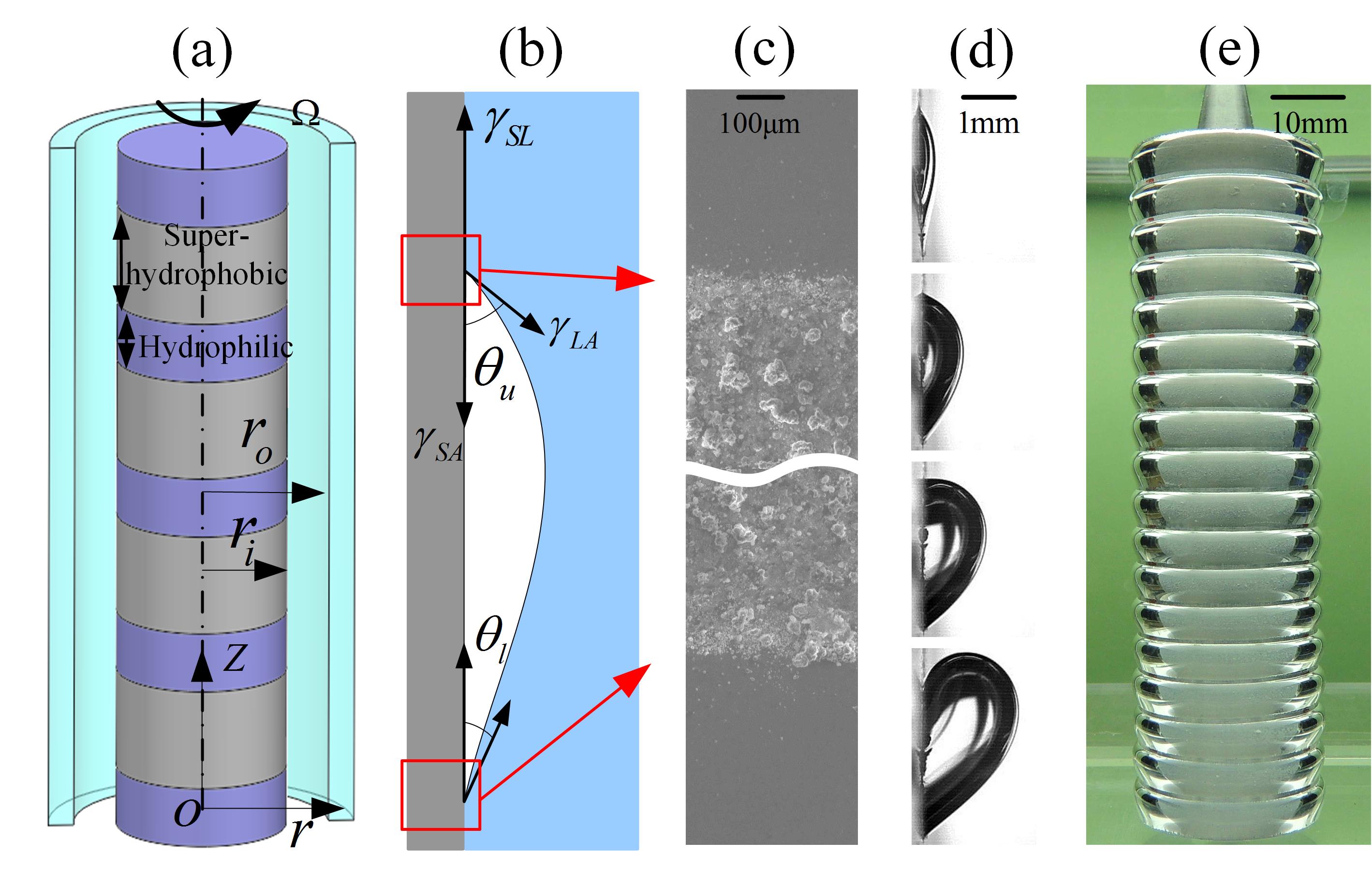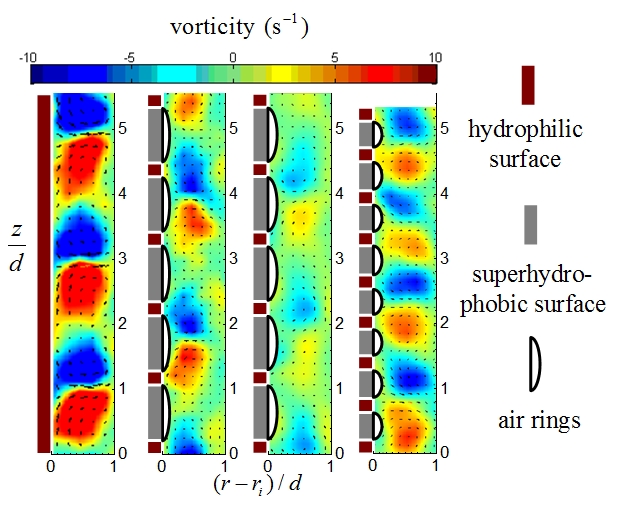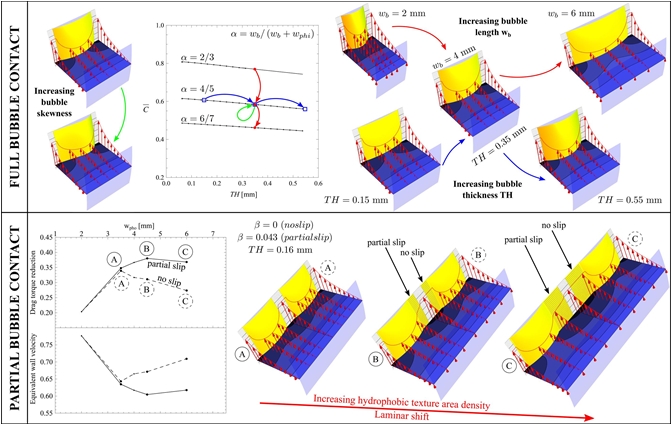Recently, the international top journalScience Advances(an online-only gold open access journal from AAAS, the publisher of Science) published a research article entitled “Significant and stable drag reduction with air rings confined by alternated superhydrophobic and hydrophilic strips” (DOI: 10.1126/sciadv.1603288). The first author Haibao Hu came from School of Marine Science and Technology, NPU. This work was supported by the team of Prof. Feng Zhou from Lanzhou Institute of Chemical Physics, Chinese Academy of Sciences (LICP, CAS) and the team of Prof. Daniele Dini from Imperial College London, etc. Northwestern Polytechnical University is the institute of the first author, and one of the correspondent author institutes.

“Superhydrophobic surfaces can maintain a thin air layer where there exists slippage, and it will be a new efficient drag reduction technology under water. This technology is convenient, economical, and antifouling to a certain extent too, so it can be widely applied to the area of marine engineering and other relevant areas,” said Mr. Hu. The bottleneck of the technology currently is the rapid escape of air film layers due to the hydrodynamic shear. Therefore, it is urgently needed to explore a reliable method to maintain air film layers. The authors demonstrate for the first time that a large surface energy barrier can be formed to strongly pin the three-phase contact line of air/water/solid by covering the inner rotor of a Taylor-Couette flow apparatus with alternating superhydrophobic and hydrophilic circumferential strips, i.e., they provide a new technological approach for solving the problem of drag reduction failure of bionic superhydrophobic materials. In their experiments, the authors successfully sealed the continuous air ring layers with a thickness of several hundred micrometers on the rotating cylinder without replenishing gas extraneously, and the drag reduction measured at the inner rotor could be as much as 77.2%. Moreover, the drag reduction efficiency does not change obviously with the tested Reynolds number, which is amazing.


The three reviewers consistently give a high evaluation on the work. “The manuscript describes a new concept for drag reduction using trapped air”, “The clever insight used by the authors is to create continuous toroidal bubbles which are pinned at the discontinuity between the hydrophilic and hydrophobic stripes”, “a novel application of macroscopic patterned superhydrophobic/ superhydrophilic stripes to give substantial drag reduction” and “The work is very novel, timely”, they commented.
Prof. Hu has been engaged in the research of underwater drag reduction for more than 15 years. He has published a series of papers about underwater drag reduction technologies in thejournalsPhysical Review E,Langmuir,Ocean Engineering,Experimental Thermal and Fluid Science, etc. In January 2017, his work about two regimes of slip of simple fluids was published as a cover article (doi: 10.1063/1.4973640) in theJournal of Chemical Physics, a well-known journal of American Physical Society. “The guidance from Prof. Baowei Song and Prof. Guang Pan is very important for me, both of them are famous scholars in this research area,” He said.
“A top academic work usually needs extensive cooperation among the interdisciplinary researchers in different institute, and they give full play to their own research advantages and sustainably spend several years to overcome certain scientific research problem,” according to Prof. Hu. He keeps a good research cooperation with Academician Weimin Liu (double employed by Northwestern Polytechnical University) and Prof. Feng Zhou (chair professor of Northwestern Polytechnical University), both of them are from LICP, CAS, and has acquired series of cooperative achievements consequently. For this work, due to the interdisciplinary cooperation among them, they rapidly completed the systematic research work from the initial research idea to the whole manuscript within 2 years, which is a successful case of academic collaboration.
Moreover, the second author of the article is Jun Wen, a postgraduate of 2014 from the School of Marine Science and Technology. Owning to the excellent performance in the research, he successfully achieved the support of “CSC Imperial Scholarship” (only 15 doctoral candidates every year), established jointly by China Scholarship Council and Imperial College London . He will go to Imperial College for further education soon.
Article Links:http://advances.sciencemag.org/content/3/9/e1603288





